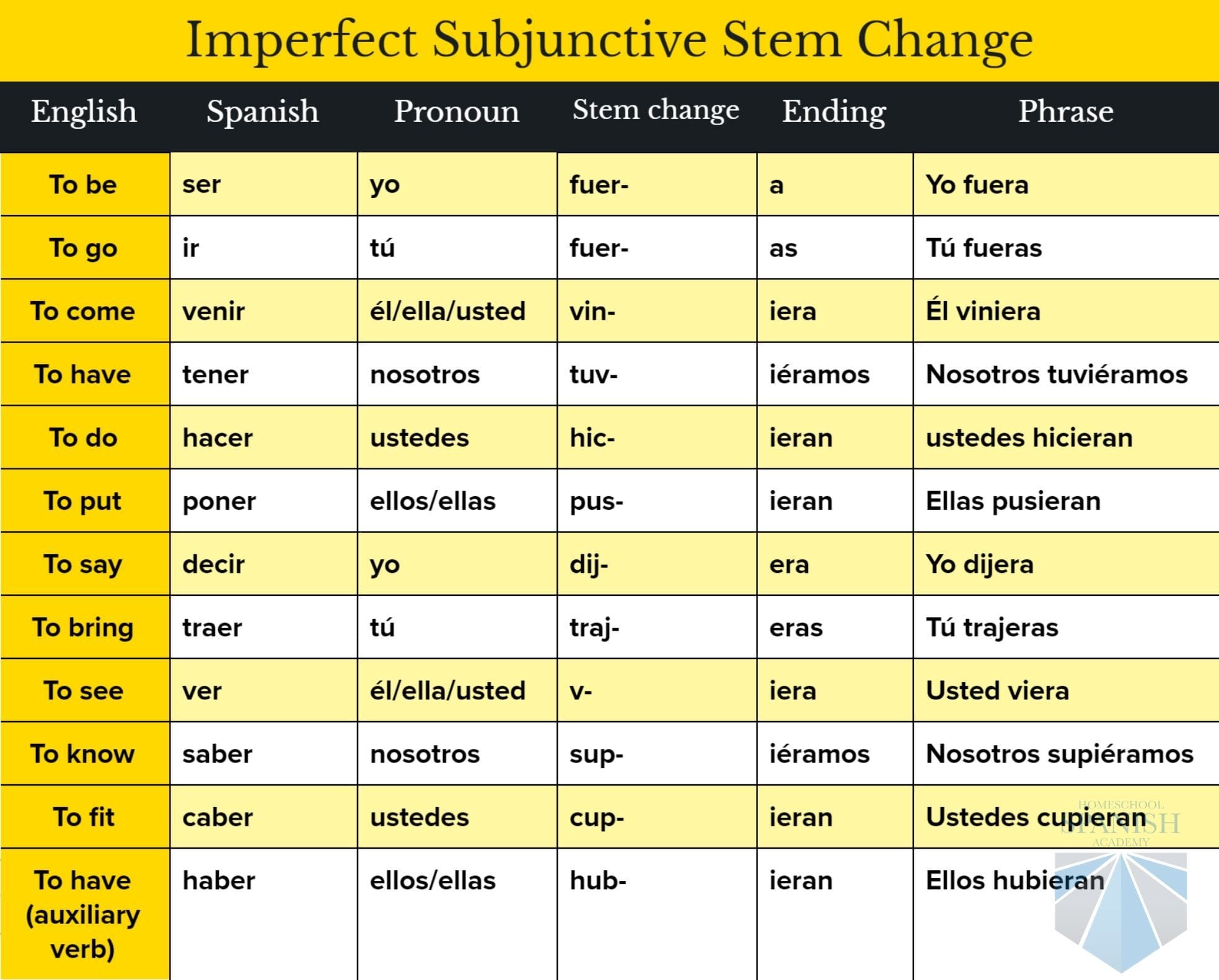Conquer sentir conjugation! Master the nuances of “to feel” in both Spanish and French with this comprehensive guide, featuring conjugation charts, real-world examples, and targeted practice exercises. [https://www.lolaapp.com/tocar-conjugation] [https://www.lolaapp.com/subir-conjugation]
Expressing Feelings: Sentir in Spanish
In Spanish, sentir is your go-to verb for expressing feelings, sensations, and even regret. It’s an irregular -IR verb, meaning it doesn’t follow standard conjugation patterns. This section provides a detailed breakdown of sentir‘s conjugation, along with helpful resources like SpanishDict, Ella Verbs App, WordReference, SpanishConjugation.net, Langoly, and Tell Me In Spanish for further practice and exploration.
Present Tense: Feeling Right Now
The present tense of sentir features a stem change from e to ie in most forms.
| Pronoun | Conjugation | Example |
|---|---|---|
| Yo | siento | Yo siento alegría (I feel joy) |
| Tú | sientes | Tú sientes frío (You feel cold) |
| Él/Ella/Usted | siente | Él siente dolor (He feels pain) |
| Nosotros/Nosotras | sentimos | Nosotras sentimos orgullo (We feel pride) |
| Vosotros/Vosotras | sentís | Vosotros sentís entusiasmo (You all feel enthusiasm) |
| Ellos/Ellas/Ustedes | sienten | Ellos sienten tristeza (They feel sadness) |
Past Tense: Reflecting on Feelings
Spanish has two main past tenses: preterite and imperfect. The preterite describes completed actions, while the imperfect portrays ongoing or habitual actions.
Preterite Tense (Completed Actions):
| Pronoun | Conjugation | Example |
|---|---|---|
| Yo | sentí | Yo sentí miedo (I felt fear) |
| Tú | sentiste | Tú sentiste alivio (You felt relief) |
| Él/Ella/Usted | sintió | Él sintió dolor (He felt pain) |
| Nosotros/Nosotras | sentimos | Nosotras sentimos orgullo (We felt pride) |
| Vosotros/Vosotras | sentisteis | Vosotros sentisteis entusiasmo (You all felt enthusiasm) |
| Ellos/Ellas/Ustedes | sintieron | Ellos sintieron tristeza (They felt sadness) |
Imperfect Tense (Ongoing/Habitual Actions):
| Pronoun | Conjugation | Example |
|---|---|---|
| Yo | sentía | Yo sentía nostalgia (I used to feel/was feeling nostalgic) |
| Tú | sentías | Tú sentías curiosidad (You used to feel/were feeling curious) |
| Él/Ella/Usted | sentía | Él sentía dolor (He used to feel/was feeling pain) |
| Nosotros/Nosotras | sentíamos | Nosotras sentíamos orgullo (We used to feel/were feeling pride) |
| Vosotros/Vosotras | sentíais | Vosotros sentíais entusiasmo (You all used to feel/were feeling enthusiasm) |
| Ellos/Ellas/Ustedes | sentían | Ellos sentían tristeza (They used to feel/were feeling sadness) |
Future and Conditional: Anticipating Feelings
The future tense indicates what you will feel, while the conditional expresses what you would feel under certain circumstances.
- Future Tense: Yo sentiré, Tú sentirás, etc. (Example: Mañana sentiré alegría – Tomorrow I will feel joy.)
- Conditional Tense: Yo sentiría, Tú sentirías, etc. (Example: Si ganara la lotería, sentiría mucha felicidad – If I won the lottery, I would feel very happy.)
Subjunctive Mood: Expressing nuanced Feelings
The subjunctive mood expresses doubt, desire, or emotion.
- Present Subjunctive: Que yo sienta, Que tú sientas, etc. (Example: Es importante que sientas cómodo – It’s important that you feel comfortable.)
- Imperfect Subjunctive: Que yo sintiera/sintiese, Que tú sintieras/sintieses, etc. (Example: Si yo sintiera más confianza, te lo diría – If I felt more confident, I would tell you.)
Expressing Feelings and Sensations: Sentir in French
French sentir can mean “to feel,” “to smell,” or “to sense.” Like its Spanish counterpart, it is irregular. This section explores sentir‘s conjugation, complemented by resources like Reverso, FrenchConjugation.com, Lawless French, and Collins Online Dictionary.
Present Tense: Feeling and Smelling Now
- Je sens (I feel/smell)
- Tu sens (You feel/smell)
- Il/Elle/On sent (He/She/It feels/smells)
- Nous sentons (We feel/smell)
- Vous sentez (You feel/smell)
- Ils/Elles sentent (They feel/smell)
Past Tense (Passé Composé): Recalling Feelings and Smells
- J’ai senti (I felt/smelled/have felt/smelled)
- Tu as senti (You felt/smelled/have felt/smelled)
- Il/Elle/On a senti (He/She/It felt/smelled/has felt/smelled)
- Nous avons senti (We felt/smelled/have felt/smelled)
- Vous avez senti (You felt/smelled/have felt/smelled)
- Ils/Elles ont senti (They felt/smelled/have felt/smelled)
Future Tense: What Will Be Felt or Smelled
- Je sentirai (I will feel/smell)
- Tu sentiras (You will feel/smell)
- Il/Elle/On sentira (He/She/It will feel/smell)
- Nous sentirons (We will feel/smell)
- Vous sentirez (You will feel/smell)
- Ils/Elles sentiront (They will feel/smell)
Other Tenses and Moods
French sentir, much like its Spanish cousin, has a variety of other forms, including the imperfect, conditional, and subjunctive. These forms, while less common than the present, past, and future, are essential for nuanced expression. Consulting the recommended online resources will provide comprehensive conjugation tables.
Comparing Spanish and French Sentir: Spotting the Similarities and Differences
Both Spanish and French sentir share the core meaning of “to feel.” Both are irregular. However, French sentir can also mean “to smell” or “to sense,” adding a layer of complexity. The conjugation patterns and pronunciation also differ. Ongoing linguistic research suggests that the irregularities may stem from older forms of the languages.
Mastering Sentir: Tips and Tricks
- Practice Regularly: Use flashcards, quizzes, or language learning apps for drills.
- Contextualize: Employ the verb in diverse sentences to understand its transformations.
- Immerse Yourself: Surround yourself with the language through media and real-world interactions.
- Embrace Mistakes: Errors are a natural part of the learning process.
Does sentir have a stem change?
Yes, the Spanish verb sentir undergoes a stem change. In the present tense, the stem vowel e changes to ie for most forms except nosotros and vosotros, where it changes to i. This change is vital for accurate pronunciation and verb identification. While stem changes may potentially occur in other tenses and moods, the present tense change is most common and essential for learners to master. The stem change in the present tense could be attributed to the evolution of the language as some experts believe.
By mastering sentir in both Spanish and French, you add depth and nuance to your language skills. Embrace the challenge, and enjoy the journey!
















